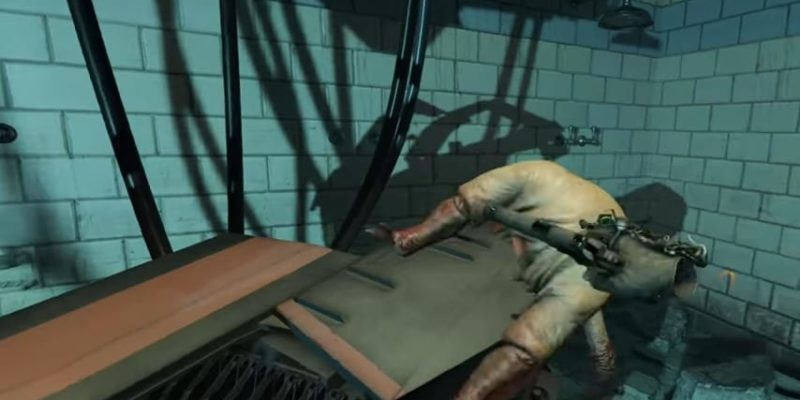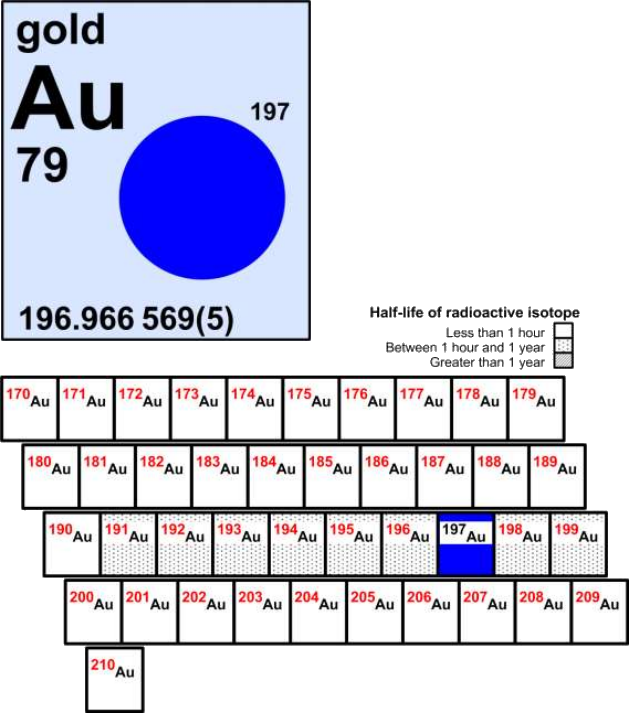


Half-Life: Decay was the final iteration in the Half-Life series to run on GoldSrc, with all future entries in the series using the Source and Source 2 engines. Unlike other games in the series, it never received an official version for Windows, however an unofficial version of the game was released by independent developers in 2008. Half-Life: Decay, an expansion pack for Half-Life only released on PlayStation 2, was released in 2001 alongside Half-Life 's debut on the platform. The game was followed up with two expansions, Half-Life: Opposing Force and Half-Life: Blue Shift, both of which ran GoldSrc and were developed by Gearbox Software. It received critical acclaim, winning over fifty PC Game of the Year awards. Half-Life was Valve's debut title and the first to use GoldSrc. Valve released versions of the GoldSrc engine for OS X and Linux in 2013, eventually porting all of their first-party games utilizing the engine to the platforms by the end of the year. Eventually, "GoldSrc" became something of a moniker for the engine and was adopted as the official title externally. Internally, any games using the original branch were referred to as "Goldsource" in order to differentiate it from the second branch, which evolved into the Source engine. When the need arose for Valve to work on the engine without risking introducing bugs into Half-Life 's codebase, Valve forked the code from the Half-Life engine, creating two main engine branches: one titled "GoldSrc" and the other "Src". Prior to the creation of the Source engine, the GoldSrc engine had no real title and was simply called "The Half-Life engine". The engine supports skeletal animation, which allowed for more realistic body kinematics and facial expression animations than most other engines at the time of release.

The tool was later renamed to Valve Hammer Editor and became the official mapping tool for GoldSrc. In 1997, Valve hired Ben Morris and acquired Worldcraft, a tool for creating custom Quake maps. The engine also reuses code from other games in the Quake series, including QuakeWorld and Quake II, but this reuse is minimal in comparison to that of the original Quake. GoldSrc's artificial intelligence systems, for example, were essentially made from scratch.
While the engine served as the basis for GoldSrc, Gabe Newell has stated that a majority of the code used in the engine was created by Valve themselves. The basis of GoldSrc is the engine used in the video game Quake, albeit with heavy modification by Valve.


 0 kommentar(er)
0 kommentar(er)
